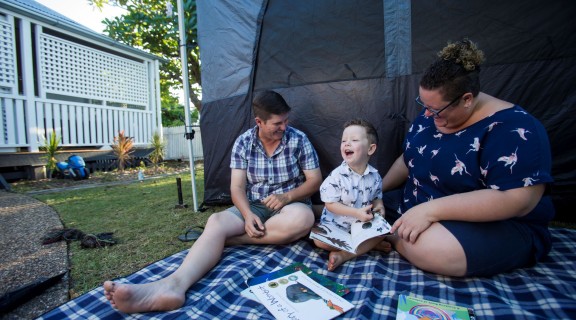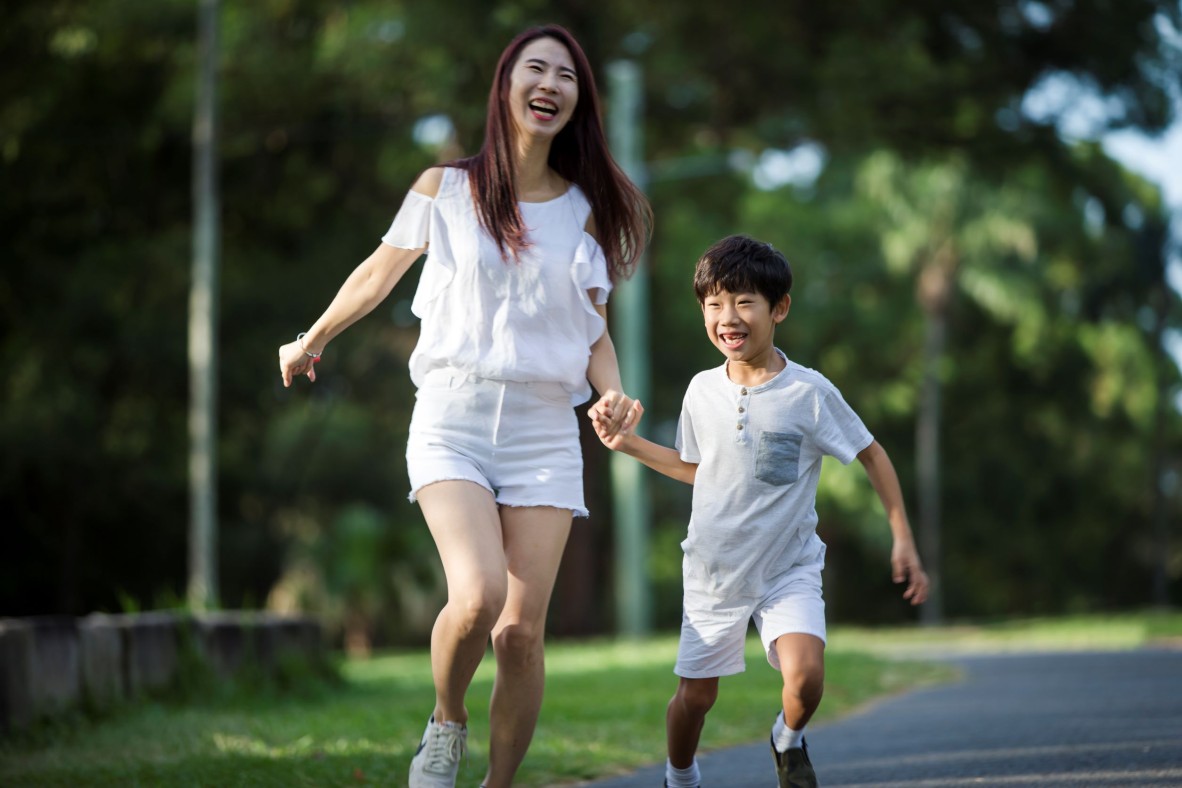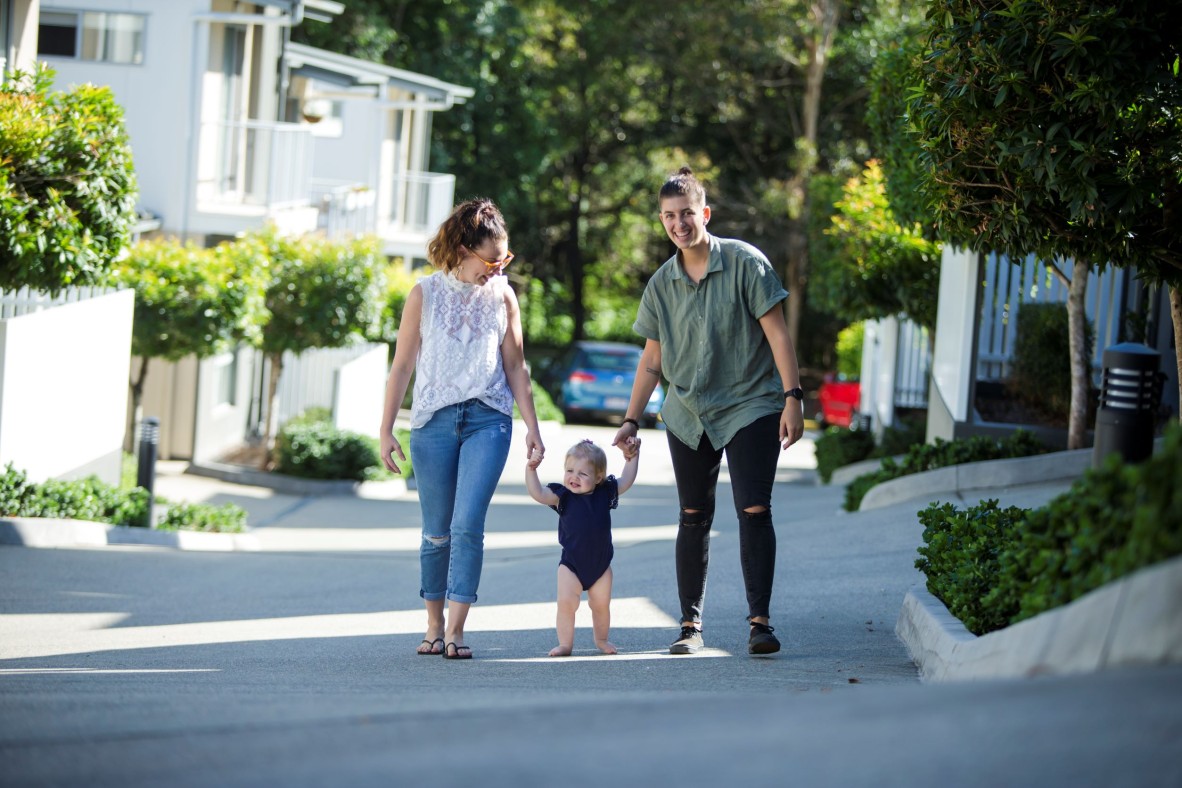
Exploration and discovery
21 March 2022 | State Library of Queensland
Young children are naturally curious. Their world is exciting, with new things to explore, and they are filled with wonder and discovery!
Curiosity motivates babies to crawl and toddlers to walk. As children follow their curiosity and try new things, they build strong neural connections that will play a key role in learning and behaviour throughout life.
You can ignite your little one’s curiosity by allowing the time and opportunities to satisfy their need to explore. Learning by exploration helps your child develop a strong sense of self as they investigate topics, objects, and scenarios that interest them.
You can introduce your child to the wonders of the universe and the excitement of experimentation early in life. Support their curiosity and investigation and help them notice and study their surroundings.
Fuelling the curiosity of young children and then joining them in their inquiries is the beginning of a joy for learning, a desire to know more, and the ability to grow in knowledge, understanding and wisdom.
You can help your child build on their voyage of discovery by:
- Encouraging them to explore, be curious and investigate how things work
- Asking them to think of different ways to solve problems
- Providing choices of activities that involve planning and decision making
- Asking them to describe their thinking and give reasons for it
- Showing them that mistakes are part of the learning process
- Sharing your own mistakes and what you learnt from them
- Valuing their ideas and efforts.

Leading discovery
- Explain your own thinking as you approach an investigation. For example, at bath time say, “I wonder which of these objects will float and which ones will sink?”
- Encourage children to recall recent events such as, “Do you remember where we went yesterday?”
- Use Who, What, When, Where, and Why questions
- How many blocks can we stack before they fall?
- Which of these do you think will dissolve in water?
- What happens when you mix colours?
- What could you build with these objects?
- How many of these items do you think will fit in this box?

How to create an environment that fosters discovery
- Create habitats for insects, birds or other animals to observe
- Take a walk in a new environment or at a different time of year for a new experience such as different animals, weather and activities
- Encourage children to start their own garden and watch as it changes with the seasons.
Books
Encourage children to pursue the answer for themselves to spark their curiosity and critical thinking. Say, “I wonder how we can find out the answer to that question?” and see if your child has ideas.
Books are full of information, experience and knowledge that helps your child to discover themselves and the world around them. Children who read learn to discuss ideas, interpret information and reach high level of thinking.
Here are some books about exploration and discovery:
- It's Only Stanley by Jon Agee
- The Most Magnificent Thing by Ashley Spires
- The Invisible Garden by Valérie Picard
- The River by Sally Morgan
- Milly Loves Ants by Jackie French
- Ten Tiny Things by Meg McKinlay
- Give Me Some Space by Philip Bunting
Visit your local public library to see the books they have on discovery. They may have these or other titles on the theme. Ask your library staff for suggestions.
Comments
Your email address will not be published.
We welcome relevant, respectful comments.